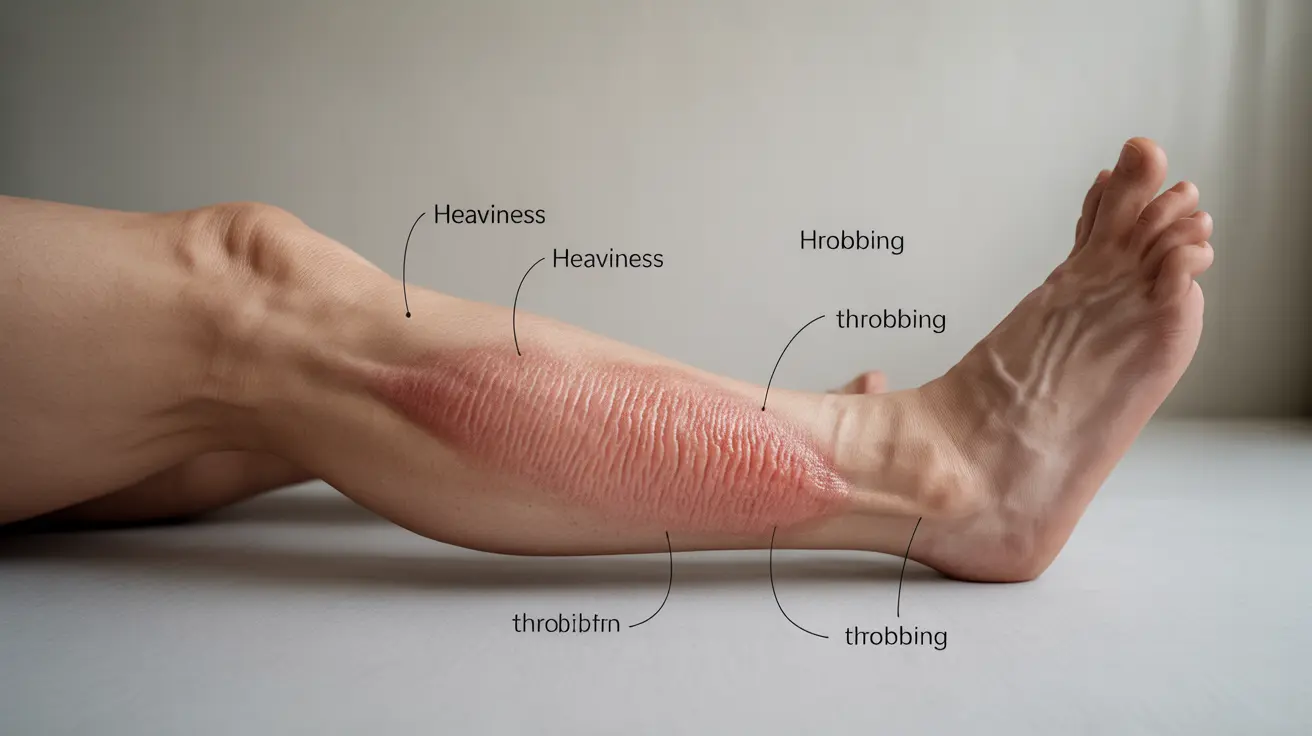Living with varicose veins can be challenging, especially when they cause discomfort and pain. Understanding what varicose vein pain feels like and recognizing its symptoms is crucial for seeking appropriate treatment and finding relief. This comprehensive guide will help you identify common symptoms and explore various management options.
What Varicose Vein Pain Feels Like
Varicose vein pain typically manifests as a complex mix of sensations in the affected legs. Most people describe experiencing:
- Aching or throbbing pain
- Heavy, tired legs
- Burning or cramping sensations
- Restless legs, especially at night
- Swelling around the ankles and calves
These symptoms often worsen throughout the day and can significantly impact your quality of life. The pain may range from mild discomfort to more severe symptoms that interfere with daily activities.
Understanding the Causes of Varicose Vein Pain
The pain associated with varicose veins occurs when damaged valves in your veins allow blood to pool instead of flowing efficiently back to your heart. This creates increased pressure in the veins, leading to various uncomfortable symptoms.
Factors That Worsen Pain
Several situations can intensify varicose vein discomfort:
- Extended periods of standing or sitting
- Hot weather conditions
- Physical exertion
- Pregnancy
- Being overweight or obese
- End of day activities
Managing Varicose Vein Pain at Home
There are several effective strategies for managing varicose vein pain in the comfort of your home:
Lifestyle Changes
- Regular exercise, especially walking
- Maintaining a healthy weight
- Elevating legs when resting
- Wearing compression stockings
- Taking regular breaks from sitting or standing
Simple Relief Techniques
Quick relief can often be found through:
- Cold compression
- Gentle massage
- Swimming or water exercises
- Proper hydration
- Avoiding tight clothing
When to Seek Medical Attention
While some level of discomfort is common with varicose veins, certain symptoms warrant immediate medical attention:
- Severe or persistent pain
- Skin changes or discoloration
- Warmth or tenderness along the vein
- Development of ulcers
- Sudden swelling in the leg
Treatment Options for Pain Relief
Medical professionals can offer various treatments to address varicose vein pain:
- Sclerotherapy
- Endovenous laser treatment
- Radiofrequency ablation
- Vein stripping (in severe cases)
- Prescription medications
Frequently Asked Questions
What does varicose vein pain typically feel like in the legs?
Varicose vein pain typically feels like a dull aching, throbbing, or heaviness in the legs. Many people experience increased discomfort after standing for long periods, along with sensations of burning, cramping, and restlessness.
What causes varicose vein pain to worsen throughout the day or with prolonged standing?
Pain worsens throughout the day because gravity makes it harder for blood to flow back to the heart, causing more blood to pool in the damaged veins. Prolonged standing increases pressure in the veins, leading to more discomfort and swelling.
How can I relieve or manage the aching and heaviness caused by varicose veins at home?
You can manage varicose vein pain at home by elevating your legs, wearing compression stockings, staying active with regular exercise, maintaining a healthy weight, and taking breaks from prolonged sitting or standing.
When should I see a doctor for varicose vein pain or related symptoms?
Seek medical attention if you experience severe or persistent pain, skin changes, warmth or tenderness along the vein, development of ulcers, or sudden swelling in the leg. These symptoms may indicate complications requiring immediate treatment.
What are the treatment options to reduce pain and discomfort from varicose veins?
Treatment options include conservative measures like compression stockings and lifestyle changes, as well as medical procedures such as sclerotherapy, endovenous laser treatment, radiofrequency ablation, and vein stripping for severe cases.




